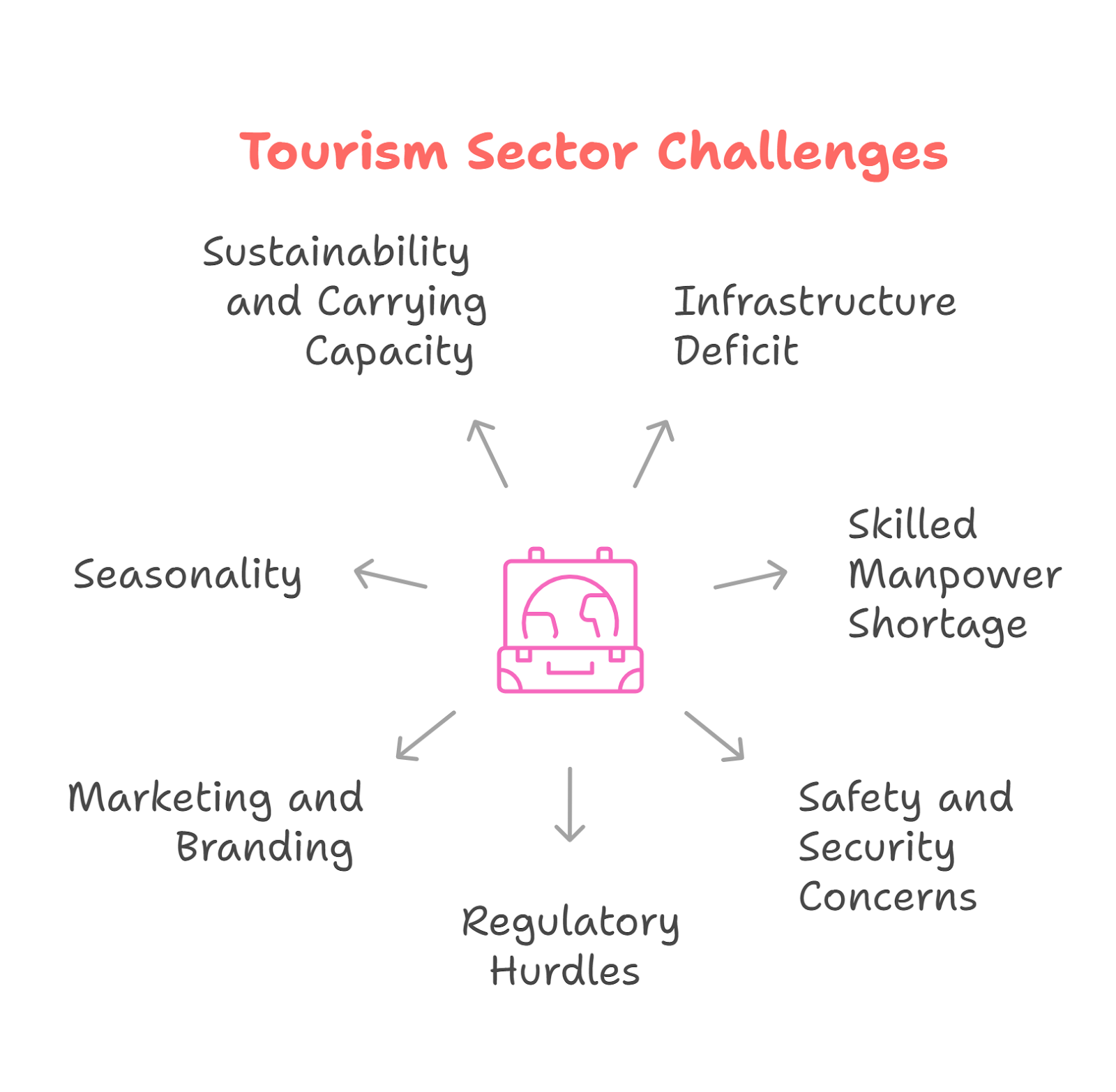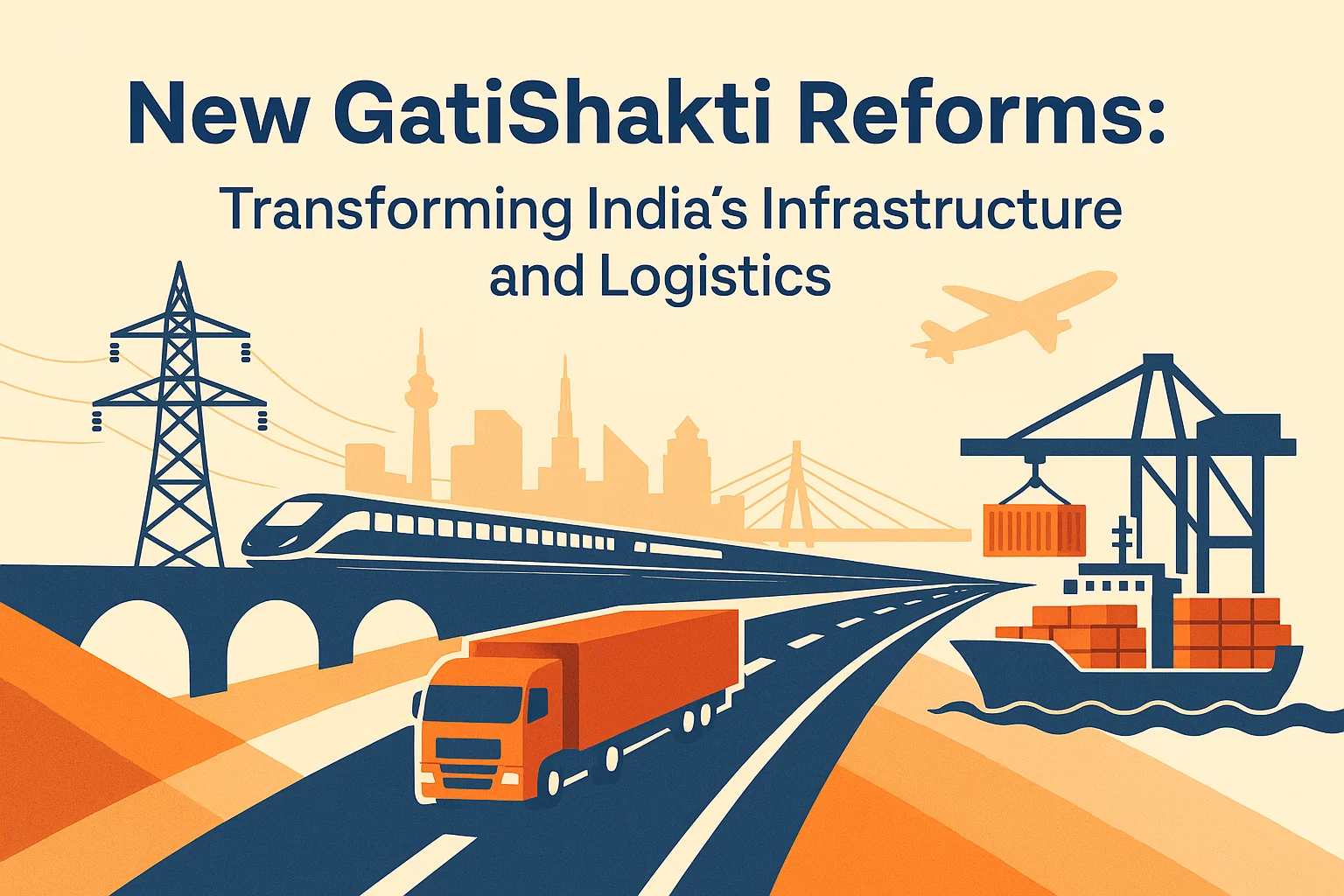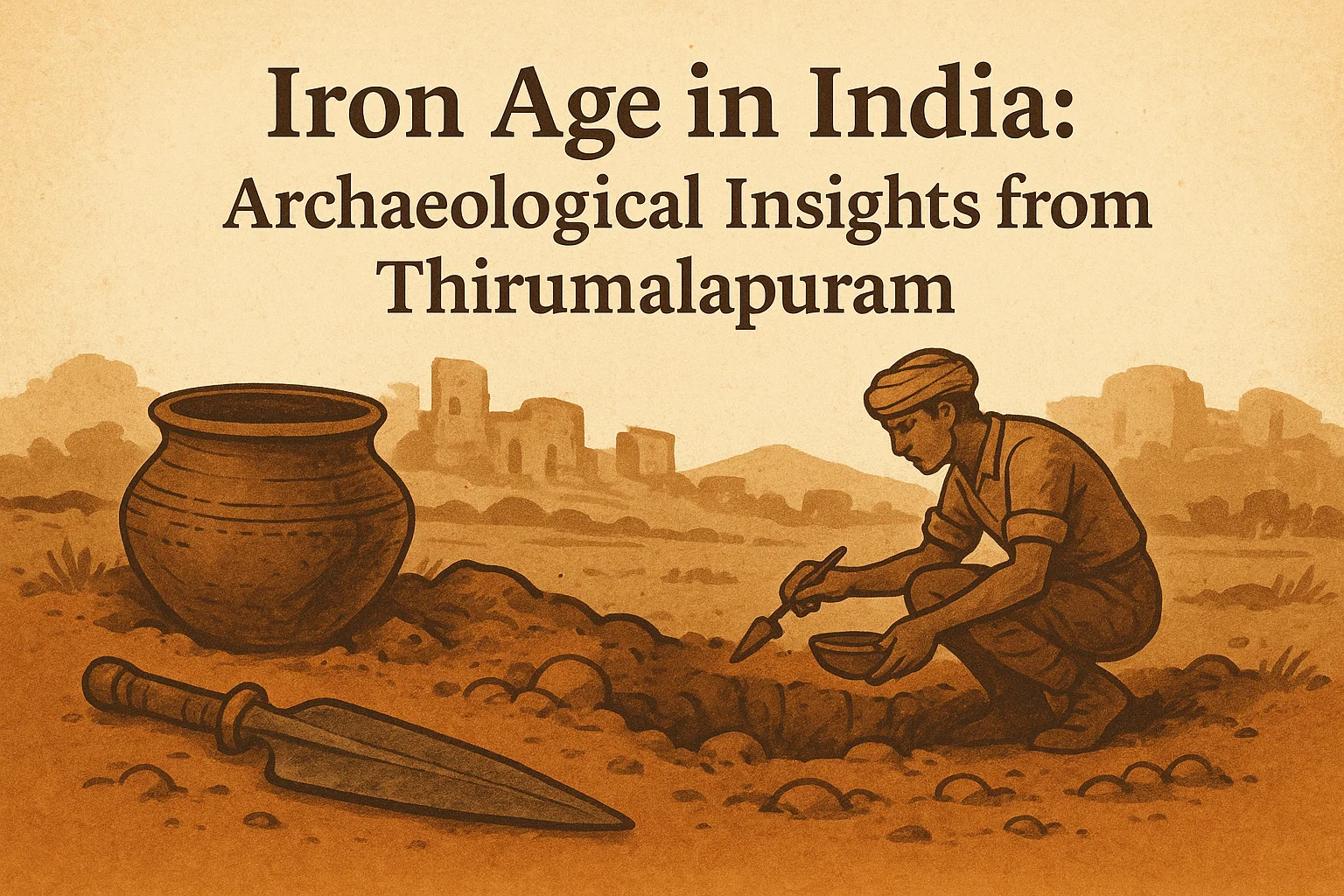Font size:
Print
Model Policy for Homestays
Context: Recently, NITI Aayog released a significant report titled ‘Rethinking Homestays: Navigating Policy Pathways’. The report aims to create a standardised, “light-touch” regulatory framework for states to adopt, fostering a more inclusive and resilient homestay ecosystem across India.

What is the significance of hospitality in the tourism sector?
- Economic Multiplier: It is a major source of employment, creating jobs not only within the establishments (management, housekeeping, food & beverage) but also in ancillary sectors like agriculture, transportation, and handicrafts.
- According to the World Travel & Tourism Council (WTTC), for every ₹100 spent on a core hospitality service (like a hotel stay), an additional ₹150-200 is generated for the wider economy through the supply chain.
- Cultural Bridge: Hospitality services, especially homestays, provide tourists with an authentic, culturally immersive experience.
- Instead of an international hotel chain, a tourist chooses a “Varanasi Homestay” run by a family living near the ghats.
- Destination Competitiveness: The quality of hospitality directly impacts a destination’s reputation and competitiveness.
- Rajasthan is consistently a top tourist destination in India not just for its forts and palaces, but for its world-renowned hospitality ethos “Atithi Devo Bhava” (The Guest is God).
- Inclusive Growth: It promotes geographic dispersal of tourists beyond traditional hotspots.
- Government initiatives like “Dekho Apna Desh” and “SWADESH DARSHAN” aim to develop thematic circuits (e.g., North-East Circuit, Tribal Circuit).
- Sustainability: Community-based hospitality models often have a lower environmental footprint than large hotel chains.
- The EcoTourism Society of India certifies lodges and homestays based on sustainable practices.
How can the National Tourism Policy address these challenges?
- Creating Enabling Infrastructure: Prioritising and funding tourism-related infrastructure projects through schemes like the Swadesh Darshan and PRASHAD, focusing on improving connectivity, sanitation, and digital access (e.g., Wi-Fi hotspots).
- Promoting Skill Development: Partnering with the Ministry of Skill Development and entrepreneurship and industry bodies to launch targeted training programs (e.g., under the Hunar Se Rozgar Tak initiative) to create a pool of skilled hospitality professionals.
- Ensuring Safety and Security: Implementing robust tourist security systems, dedicated tourist police forces, helplines, and creating awareness campaigns to project India as a safe destination.
- Rationalising Regulations: Championing the cause of ease of doing business by advocating for simplified, transparent, and harmonised regulations across states, much like the model framework suggested by Niti Aayog for homestays.
- Diversifying Marketing and Products: Moving beyond traditional marketing to promote niche tourism segments like wellness, adventure, MICE (Meetings, Incentives, Conferences, and Exhibitions), and rural tourism. Leveraging digital media for targeted global campaigns.
- Fostering Sustainable Practices: Incentivising green technologies, waste management systems, and promoting responsible tourism models that respect the carrying capacity of destinations and involve local communities in conservation efforts.
- Facilitating Public-Private Partnerships (PPPs): Encouraging private investment in tourism infrastructure and service delivery while ensuring that benefits are shared equitably with local communities.


